A recent 4.0 magnitude earthquake in Delhi NCR has raised concerns about building safety in the region. Being close to the Himalayan belt, the area is at high risk of earthquakes, making strong construction essential. As buyers and investors worry about building safety, developers are working to make their projects more earthquake-resistant.
Seismic Risks and the Need for Earthquake-Resistant Structures
Delhi NCR falls under Seismic Zone IV, making it one of India’s high-risk areas for earthquakes. The increasing frequency of tremors has raised questions about the structural integrity of existing and upcoming buildings. Developers are adopting advanced construction techniques to mitigate seismic damage, ensuring that new projects adhere to stringent safety standards. With urbanization and high-rise developments increasing rapidly, ensuring earthquake resilience has become more urgent than ever.
Structural Design Strategies for Earthquake Resilience
The primary objective of earthquake-resistant design is to distribute seismic energy throughout the structure efficiently, reducing the risk of collapse. Key structural components and techniques include:
- Ductile Structural Design: Buildings are designed to be flexible rather than rigid, allowing them to absorb and dissipate seismic energy.
- Shear Walls: These vertical walls help transfer lateral seismic forces safely to the foundation.
- Reinforced Concrete Frames: Strengthened concrete frames enhance structural stability by distributing forces efficiently.
- Base Isolation Systems: Buildings are constructed on flexible pads made of steel, rubber, and lead. These isolators absorb seismic waves, preventing the structure from experiencing severe shaking.
- Shock Absorbers and Dampers: Similar to automobile shock absorbers, these devices are placed between beams and columns to dissipate energy and minimize tremor impact.
- Cross-Bracing: Diagonal supports placed within a structure help distribute seismic forces evenly, improving stability.
Material Selection for Seismic Resistance
The materials used in construction play a critical role in a building’s ability to withstand earthquakes. Developers prioritize:
- Reinforced Concrete: Known for its durability and strength.
- High-Grade Steel: Used in framing systems to provide ductility.
- Composite Materials: These materials improve energy absorption and resilience.
- Fiber-Reinforced Polymers (FRPs): Lightweight yet strong, these materials enhance earthquake resistance.
- Shock-Absorbing Foundations: Integrating geosynthetics and polymer-based materials for additional shock absorption.
Implementation of Advanced Seismic Technologies
With increasing concerns over seismic safety, developers are integrating cutting-edge technologies into their projects. Base isolation systems and tuned mass dampers are becoming more common in high-rise structures. These technologies significantly reduce the forces transferred to the building during an earthquake, enhancing overall stability.

"As a responsible real estate developer in Gurugram, we will prioritize safety and resilience in our high-rise constructions. Our project will adhere to stringent seismic codes, incorporating earthquake-resistant designs, advanced damping systems, and high-quality construction materials. We will conduct rigorous soil testing, use flexible foundation techniques, and ensure compliance with structural engineering best practices. Additionally, regular safety audits and expert consultations will help us enhance building durability. Our commitment is to create not just aesthetically superior spaces but also structures that offer maximum safety and peace of mind to our residents." – Adil Altaf, Managing Director of Trinity Infratech.
Adherence to Seismic Codes and Regulations
Developers ensure compliance with the seismic codes set by the Bureau of Indian Standards (BIS), such as IS 1893 and IS 4326, which outline earthquake-resistant construction guidelines. However, experts suggest that Indian seismic codes should align more closely with international standards, such as those in Japan and the United States, to enhance effectiveness. Regular updates to these codes, along with strict enforcement, are essential for ensuring safer buildings. Leading real estate developers in Delhi NCR have taken proactive measures to enhance the earthquake resilience of their projects.

Mohit Agarwal, Business Head of Conscient Infrastructure Pvt. Ltd, highlighted the industry’s increasing focus on safety states, "With a growing focus on safety, Gurugram’s real estate sector is adopting advanced structural designs to mitigate earthquake risks. We are integrating seismic-resistant technologies, reinforced foundations, and high-grade materials to enhance building resilience. From shock-absorbing frameworks to smart engineering solutions, the goal is to ensure stability and long-term sustainability in the city’s rapidly evolving skyline."
Challenges in Ensuring Earthquake Resilience
Despite advancements in earthquake-resistant construction, several challenges persist:
- High Costs: Implementing advanced seismic technology increases construction costs, which some developers hesitate to absorb.
- Lack of Retrofitting in Older Structures: Many existing buildings were constructed before stringent seismic codes were enforced and lack adequate reinforcement.
- Regulatory Enforcement Issues: While seismic codes exist, enforcement is inconsistent across different regions.
- Soil Quality and Foundation Challenges: Certain areas in Delhi NCR have loose or unstable soil, making it difficult to establish a solid foundation for earthquake-resistant buildings.
Future of Earthquake-Resistant Construction in Delhi NCR
Cities like Gurugram and Faridabad are witnessing a surge in high-rise developments featuring state-of-the-art earthquake-resistant technologies. As seismic risks continue to be a pressing concern, developers are focusing on structural innovations and strict adherence to safety regulations.
To enhance earthquake resilience further, industry must adopt:
- Mandatory Structural Audits: Regular checks on high-rise buildings to assess earthquake resistance.
- Public Awareness Campaigns: Educating homebuyers and investors about the importance of earthquake-resistant construction.
- Incentives for Seismic Retrofitting: Government-backed initiatives to support strengthening older buildings.
- Adoption of Global Best Practices: Aligning seismic standards with those of earthquake-prone countries like Japan and the US.
While significant progress has been made in earthquake-resistant construction, experts stress the importance of continuous improvement. Regular structural audits, advancements in construction technology, and policy upgrades will play a key role in ensuring that buildings in Delhi NCR are prepared for the next big quake.
By prioritizing earthquake safety through engineering excellence, material innovation, and compliance with advanced seismic codes, the real estate sector in Delhi NCR is working towards creating a more resilient urban landscape.

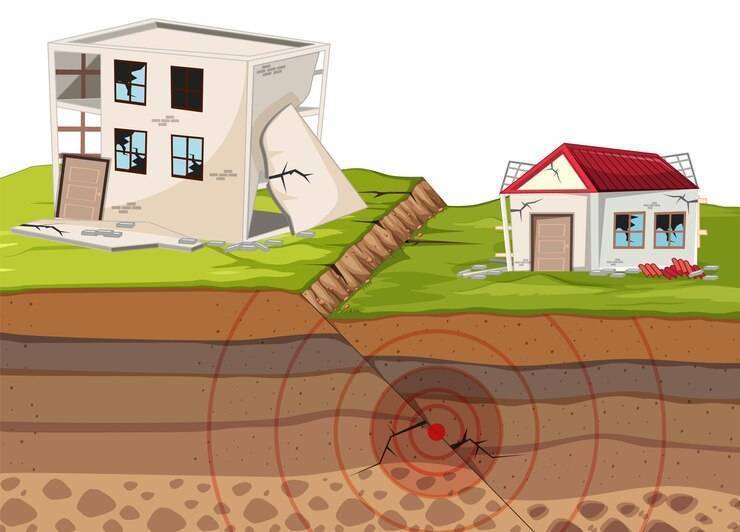
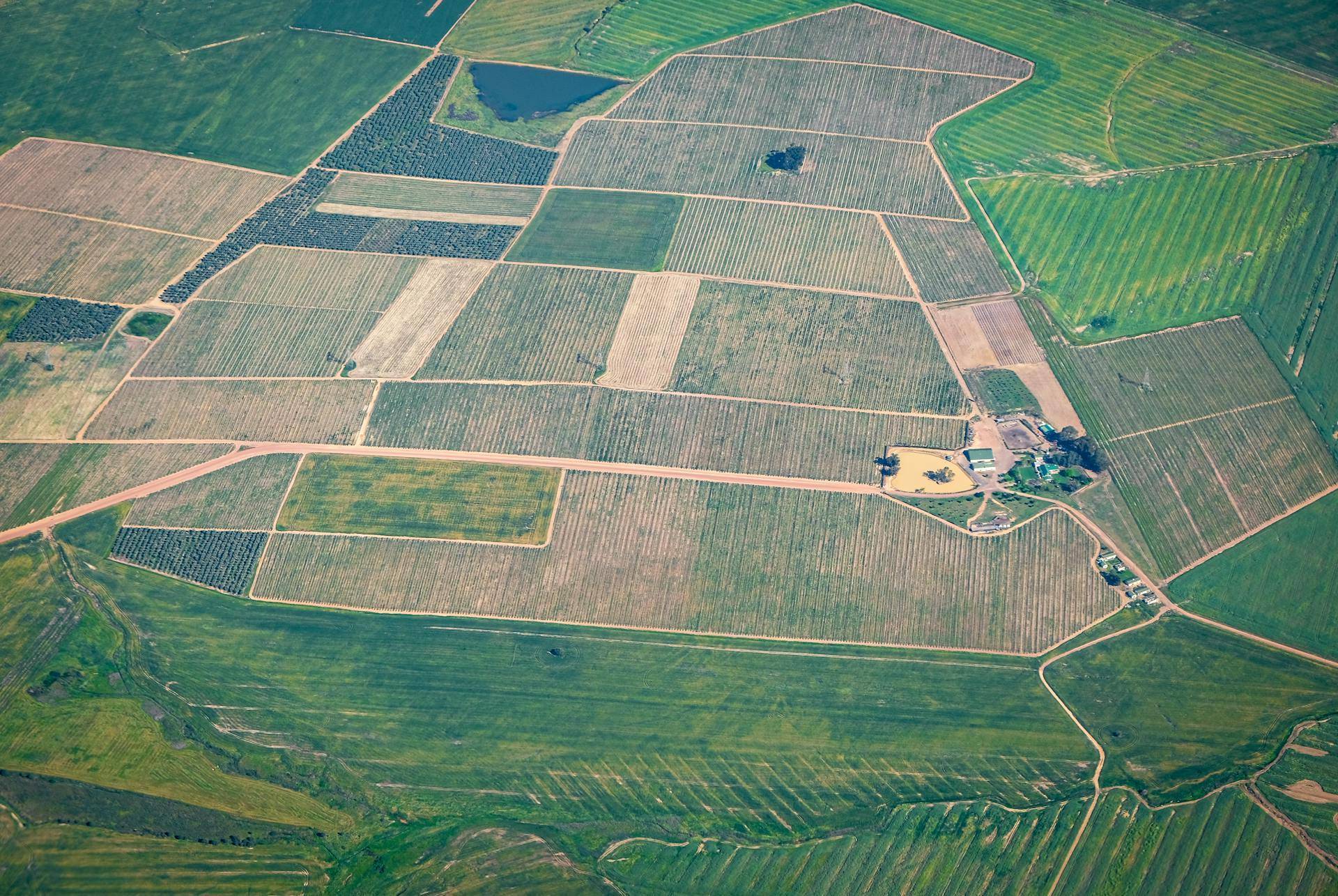
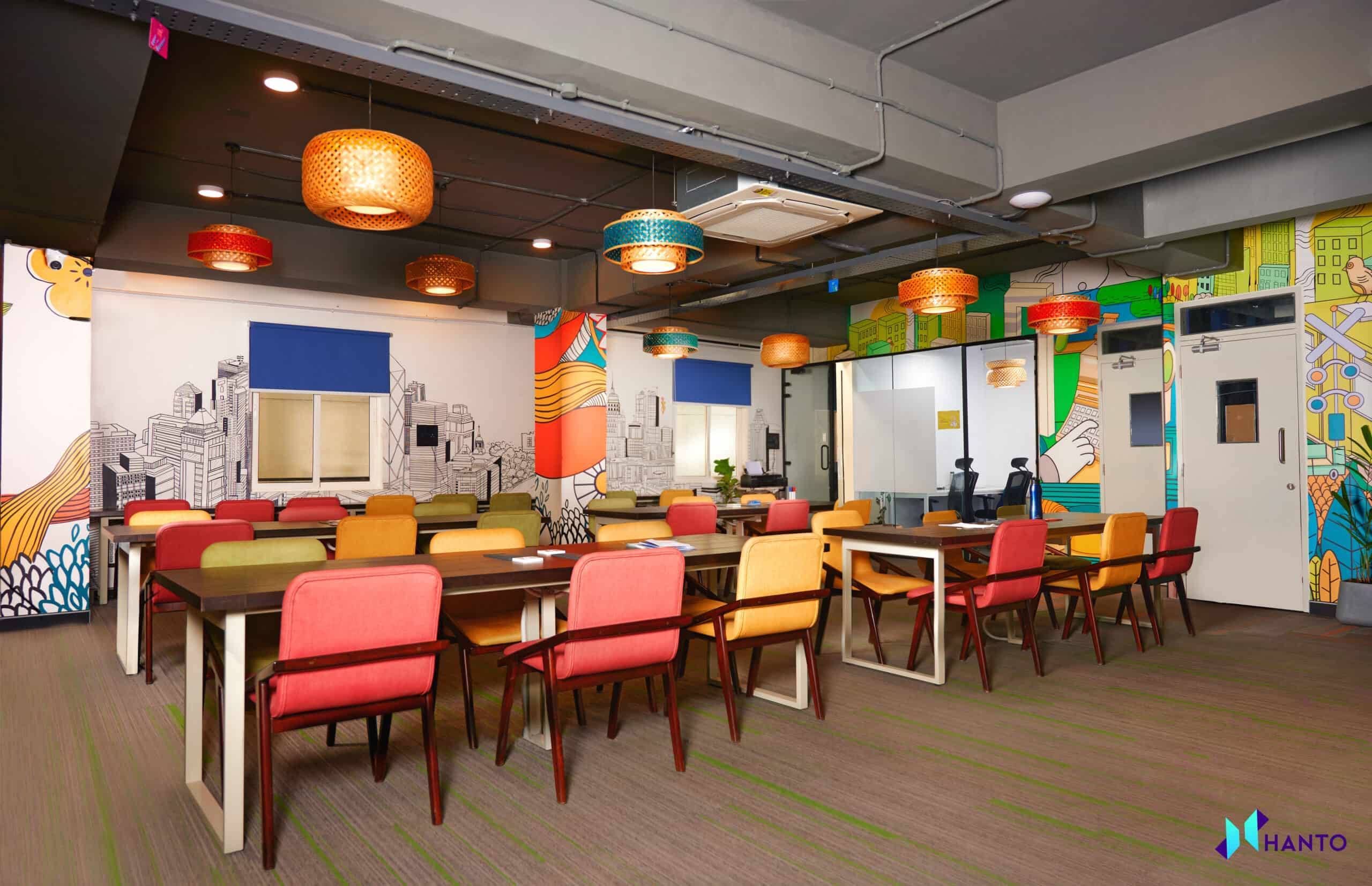


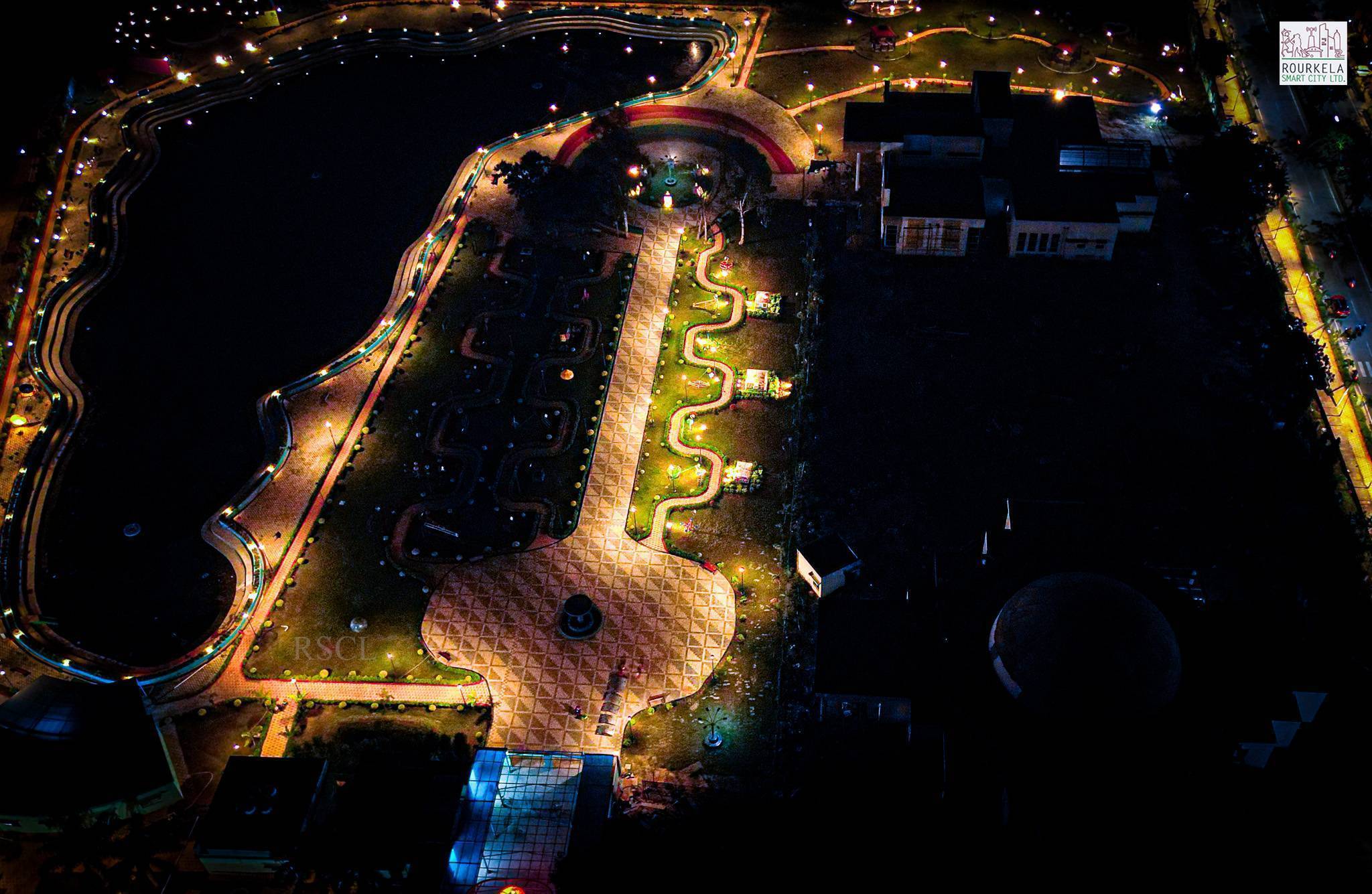

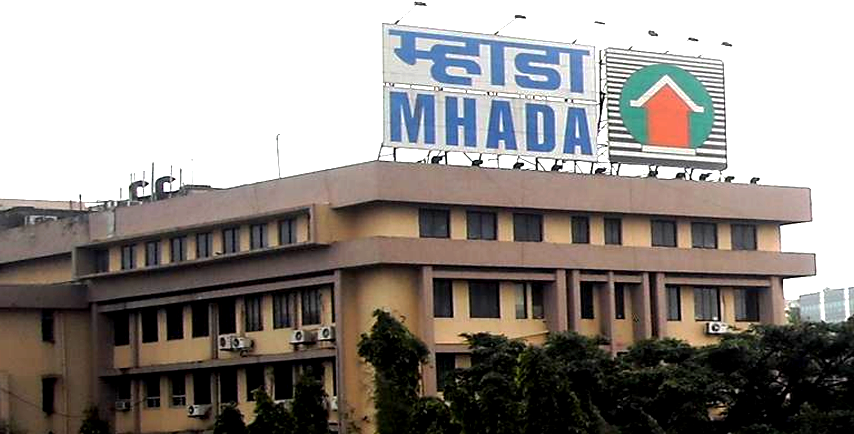
.png)